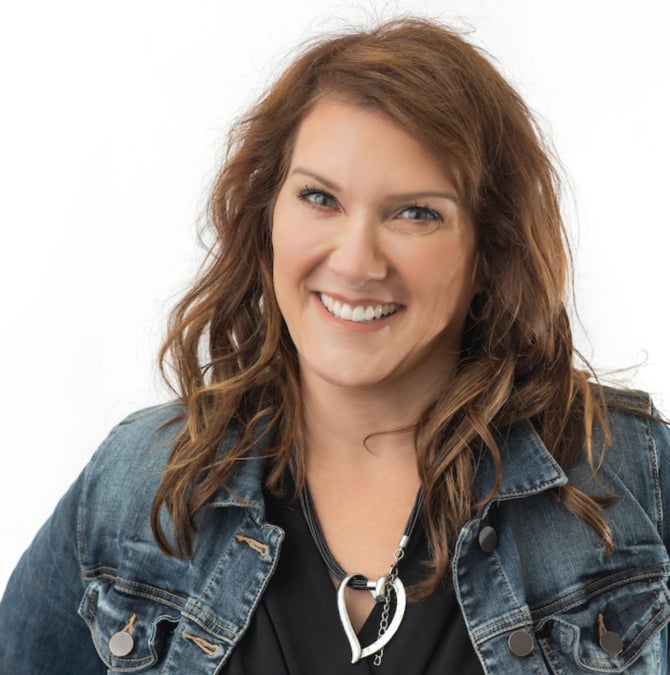Breast Reconstruction
Breast reconstruction combines several plastic surgery techniques with the goal of restoring one or both breasts to near normal shape, appearance, symmetry and size following mastectomy, lumpectomy or other condition that alters the shape of the breast.
Breast reconstruction generally falls into two categories:
- Implant reconstruction, which relies on breast implants to help form a new breast mound.
- Flap (or autologous) reconstruction, which uses the patient’s own tissue from another part of the body to form a new breast.
What benefits can breast reconstruction give me?
Breast reconstruction can offer the following benefits:
- Rebuilding the breast mound to fill out clothing.
- Improving self-image.
- Creating improved symmetry between the affected breast and a healthy breast.
What happens during a breast reconstructive procedure?
Breast reconstruction often involves multiple procedures performed in stages under general anesthesia and can either begin at the time of mastectomy or be delayed until a later date.
The specific steps of your surgery will depend on which reconstruction procedure is right for you.
For women who do not require breast radiation and would like to avoid a separate donor site, implant-based reconstruction is an option. Reconstruction with tissue expansion allows an easier recovery than flap procedures, but it can be more lengthy reconstruction process, usually requiring several office visits over one to two months after surgical placement of the expander to gradually fill the device with saline through an internal valve to expand the skin.
A second surgical procedure will be needed to replace the expander if it is not designed to serve as a permanent implant.
A breast implant can also be an addition or alternative to flap techniques. Surgeons may also use an implant as a temporary placeholder during other breast cancer treatments until you are ready for more involved flap reconstruction techniques. Saline and silicone implants are available for reconstruction.
Your surgeon will help you decide what is best for you. Reconstruction with an implant alone usually requires tissue expansion. Direct-to-implant breast reconstruction may be an option for some women undergoing mastectomy with certain tumor characteristics and breast shapes.
Implant-based reconstruction is by far the most common type of breast reconstruction performed in the United States accounting for around 80% of reconstructions.
Flap techniques reposition a woman’s own tissue to create or cover the breast mound.
A TRAM flap uses donor muscle, fat and skin from a woman’s lower abdomen to reconstruct the breast. The flap may either remain attached to the original blood supply and be tunneled up through the chest wall, or be completely detached, and formed into a breast mound.
A latissimus dorsi flap uses muscle, fat and skin from the back tunneled to the mastectomy site and remains attached to its donor site, leaving blood supply intact.
Occasionally, the flap can reconstruct a complete breast mound, but often the latissimus flap provides the muscle and tissue necessary to cover and support a breast implant.
What should I expect during recovery?
It is normal to experience soreness, swelling and bruising at the operation site. You’ll need to wear an elastic bandage or support bra to minimize swelling and support your breasts as they heal. Drainage tubes may be used to drain out any excess fluid and blood for a few days. Physical activities must be limited to prevent complications, and any sign of infection must be reported to the surgeon immediately.
Healing will continue for several weeks while swelling decreases and breast shape/position improve. Continue to follow your plastic surgeon’s instructions and attend follow-up visits as scheduled.
Is a breast reconstruction right for me?
To determine whether or not breast reconstruction is right for you, schedule a consultation with one of our board-certified plastic surgeons. During your visit, your doctor will speak with you about the goals you have for your appearance. In addition to deciding on your treatment plan, your doctor will also ask you about your medical history. Bring a list of medications, supplements and vitamins you take, and have a list prepared of the questions or concerns you may have, as being open with our specialists is key to a safe and successful surgery.
Contact us for a consultation
Plastic & Reconstructive Surgery
Tacoma: 253-403-2120
Facial Plastics & Medical Aesthetics
Puyallup: 253-697-8980
Auburn: 253-545-5880

